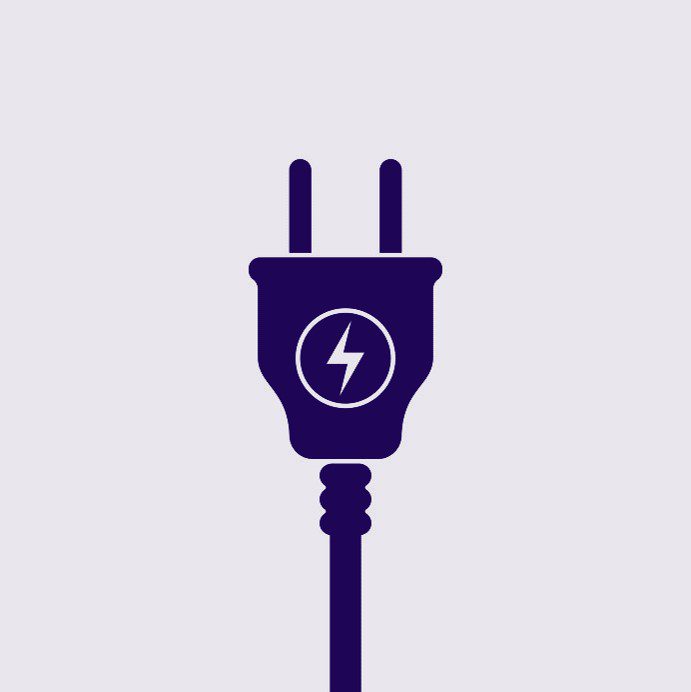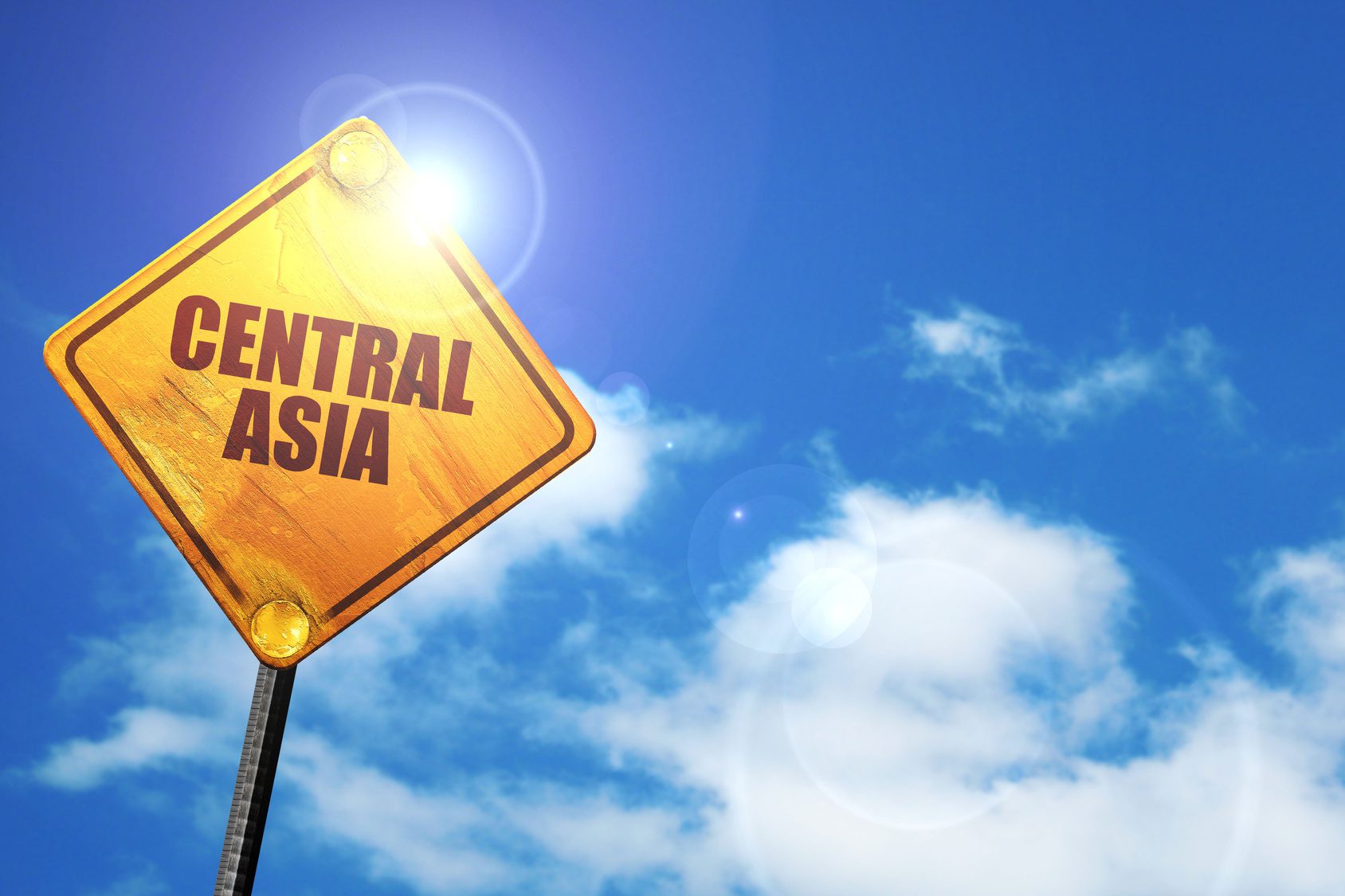Europe is struggling to build up energy supply ahead of anticipated growth in demand due to economic rebound after pandemic outbreak and the winter months. Considering the knock-on effect of the energy crisis on industrial growth and consumer confidence, the prime focus for Europe is not only to respond to the mounting energy issues in the short term, but to also establish energy sustainability and security for the future.
In October 2021, the European Commission published an advisory for the member states to take some immediate steps to ease the effect of the energy crisis. Governments were urged to extend direct financial support to the most vulnerable households and businesses. Other recommended ways of intervention included targeted tax reductions, temporary deferral of utilities bill payments, and capping of energy prices. About 20 member states indicated that they would implement the suggestions outlined by the European Commission at a national level. While these measures may aid the most vulnerable user segment, there is not much that can be done to safeguard the wider population from the energy price shocks.
Energy security and sustainability is the key
While a magical quick-fix for Europe’s energy crisis does not seem to exist, the ongoing scenario has exposed the region’s vulnerabilities and serves as a wake-up call to move towards energy security and self-sufficiency.
Diversify energy mix
In general, petroleum products and natural gas contribute significantly to Europe’s energy mix, respectively accounting for about 35% and 22% of the total energy consumed in the EU. The remaining energy needs are fulfilled by renewable sources (~15%), nuclear (~13%), and solid fossil fuels (~12%).
The high dependence on fossil fuels is one of the main reasons behind Europe’s ongoing energy crisis. In order to mitigate this dependency, Europe has made concerted effort in the development of renewable energy production capabilities. In 2018, the European Commission set a target to achieve 32% of the energy mix from renewables by 2030, but in July 2021, the target was increased to 40%, clearly indicating the region’s inclination towards renewables.
Expediting renewable energy projects could help Europe to get closer to energy self-sufficiency, although the intermittency issue must also be accounted for. This is where nuclear energy can play a critical role.
After Fukushima disaster in 2011, many countries in Europe pledged to phase-out nuclear energy production. France, Germany, Spain, and Belgium planned to shut down 32 nuclear reactors with a cumulative production capacity of 31.9 gigawatts by 2035. However, in the wake of the current crisis, there is a renewed interest in nuclear power. In October 2021, nine EU countries (Czechia, Bulgaria, Croatia, Finland, Hungary, Poland, Romania, Slovakia, and Slovenia) released a joint statement asserting the expansion of nuclear energy production to achieve energy self-sufficiency. France, which generates about three-fourth of its electricity through nuclear plants, is further increasing investment in nuclear energy. In October 2021, the French government pledged an investment of EUR 1 billion (~US$1.2 billion) in nuclear power over the period of 10 years.
Look beyond Russia
More than 60% of EU’s energy needs were met by imports in 2019. Russia is the major partner for energy supply – in 2019, it accounted for 27% of crude oil imports, 41% of natural gas imports, and 47% of solid fossil fuels imports. While Europe is accelerating the development of renewable energy production, fossil fuels still remain an important source of energy for the region. In the face of escalating political differences with Russia, there is a need to reduce energy reliance on this country and to build long-term partnerships with other countries to ensure a steady supply.
EU has many options to explore, especially in natural gas imports. One of them is natural gas reserves in Central Asia. The supply link is already established as Azerbaijan started exporting natural gas to Europe via Trans-Adriatic Pipeline (TAP), operational since December 31, 2020. In the first nine months, Azerbaijan exported 3.9 billion cubic meters of gas to Italy, 501.7 million cubic meters to Greece, and 166 million cubic meters to Bulgaria. Trans-Caspian Pipeline (TCP) is a proposed undersea pipeline to transport gas from Turkmenistan to Azerbaijan. This pipeline can connect Europe with Turkmenistan (the country with the world’s fourth-largest natural gas reserves) via Azerbaijan. As a result, Europe has heightened its interest in the development of this pipeline.
Eastern Mediterranean gas reserve can also prove to be greatly beneficial for the EU. In January 2020, Greece, Cyprus, and Israel signed a deal to construct a 1,900 km subsea pipeline to transport natural gas from the eastern Mediterranean gas fields to Europe. This pipeline, expected to be completed by 2025, would enable the supply of 10 billion cubic meters of gas per year from Israel and Cyprus to European countries via Greece.
Africa is another continent where the EU should try to strengthen ties for the imports of natural gas. Algeria is an important trade partner for Europe, having supplied 8% of natural gas in 2019. Medgaz pipeline connects Algeria directly to Spain. This pipeline currently has the capacity to transport 8 billion cubic meters of gas per year, and the ongoing expansion work is expected to increase the capacity to 10.7 billion cubic meters per year by the end of 2021. In addition to this, Nigeria is planning the development of a Trans-Sahara pipeline which would enable the transport of natural gas through Nigeria to Algeria. This will potentially open access for Europe to gas reserves in West Africa, via Algeria. Further, as African Continental Free Trade Agreement came in to effect in January 2021, the natural gas trade within countries across Africa received a boost. Consequently, liquefied natural gas projects across Africa, including Mozambique’s 13.1 million tons per annum LNG plant, Senegal’s 10 million tons per annum Greater Tortue Ahmeyim project, and Tanzania’s 10 million tons per annum LNG project, could help Europe to enhance its gas supply.
Business to strive to achieve energy independence
While governments are taking steps to reduce the impact of the energy crisis on end consumers, this might not be enough to save businesses highly reliant on power and energy. Therefore, businesses should take the onus on themselves to achieve energy independence and to take better control of their operations and costs.
Some of the largest European companies have already taken several initiatives in this direction. Swedish retailer IKEA, for instance, has invested extensively in wind and solar power assets across the world, and in 2020, the retailer produced more energy than it consumed.
There has also been growing effort to harness energy from own business operations. In 2020, Thames Water, a UK-based water management company, generated about 150 gigawatt hours of renewable energy through biogas obtained from its own sewage management operations.
However, a lot more needs to be done to change the situation. Companies not having any means to produce energy on their own premises should consider investing in and partnering with renewable energy projects, thereby boosting overall renewable energy production capacity.
Energy crisis is likely to have repercussions on all types of businesses in every industry. Larger entities with adequate financial resources could use several hedging strategies to offset the effect of fluctuating energy prices or energy supply shortage, but small and medium enterprises might not be able to whither the storm.
Economist Daniel Lacalle Fernández indicated that energy represents about a third of operating costs for small and medium enterprises in Europe, and as a result, the ongoing energy crisis can trigger the collapse of up to 25% of small and medium enterprises in the region. Small and medium enterprises need to actively participate in government-supported community energy initiatives, which allow small companies, public establishments, and residents to invest collectively in distributed renewable energy projects. By early 2021, this initiative gained wide acceptance in Germany with 1,750 projects, followed by Denmark and the Netherlands with 700 and 500 projects, respectively.
EOS Perspective
Europe must continue to chase after its green energy goals while developing alternative low-carbon sources to address renewables’ intermittency issue. This would help the region to achieve energy independence and security in the long term. In the end, the transition towards green energy should be viable and should not come at a significant cost to the end consumers.
On the other hand, immediate measures proposed so far do not seem adequate to contain the ongoing energy meltdown. Further, energy turmoil is likely to continue through the winter, and, in the worst-case scenario, it might result in blackouts across Europe. If the issue of supply shortages remains difficult to resolve in the short term, a planned reduction in consumption could be the way forward.
In view of this, Europe would need to actively encourage energy conservation among the residential as well as industrial sectors. Bruegel, a Brussels-based policy research think tank, suggested that the European governments could either force households to turn down their thermostats by one degree during the winter to reduce energy consumption while not compromising much on comfort, or provide financial incentives to households who undertake notable energy saving initiatives.
This is perhaps a critical time to start promoting energy conservation among the masses through behavioral campaigns. Like businesses, it is necessary to enhance consumers’ participation in the energy market and they should be encouraged to generate their own electricity or join energy communities. The need of the hour is to harness as well as conserve energy in any way possible. Because, till the time Europe achieves self-sufficiency or drastically strengthens the supply chain, the energy crunch is here to stay.























